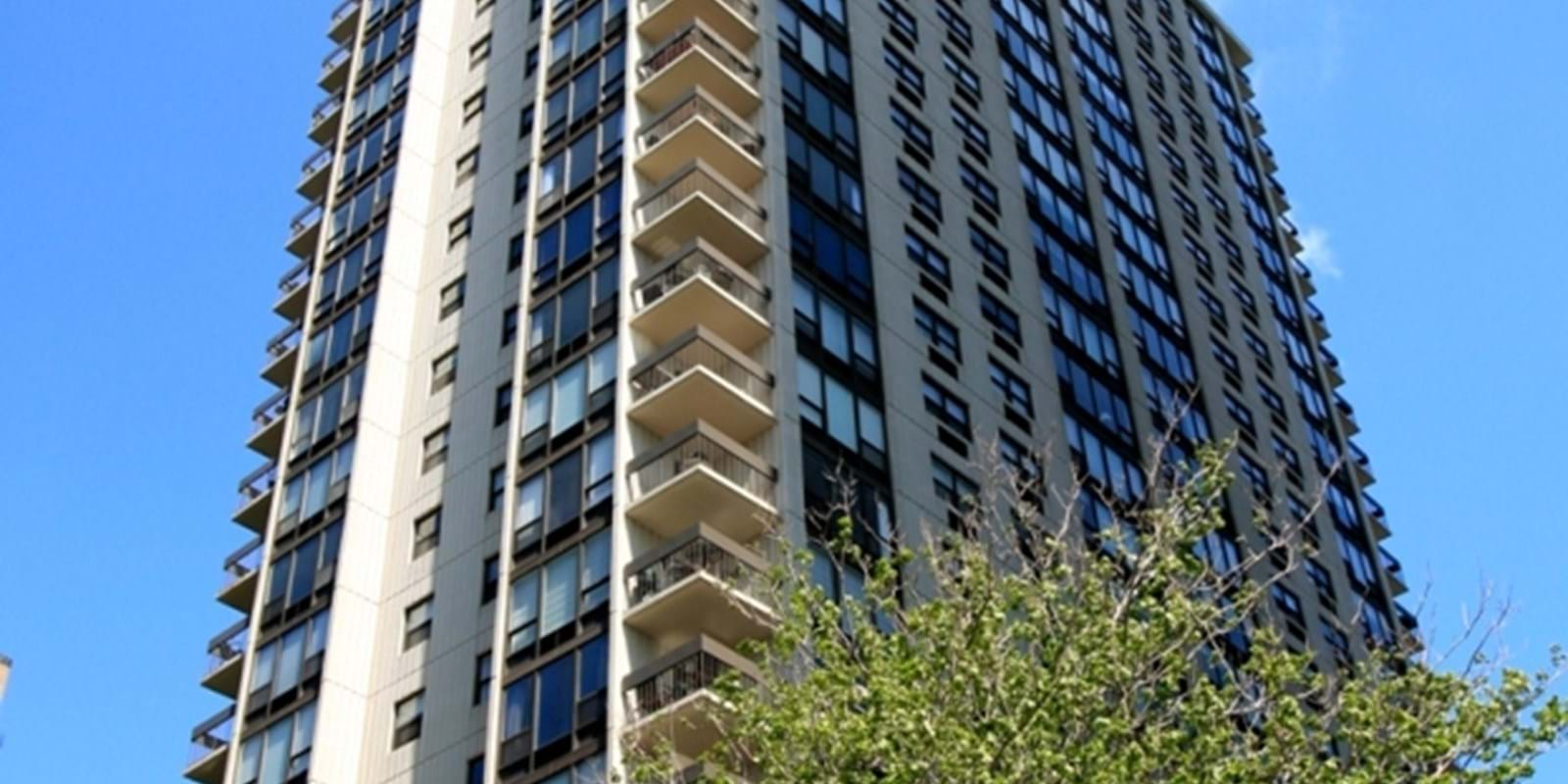Eliminate the other sources of humidity
Maintain air circulation
Get rid of moulds
Even if you eliminate condensation and lower the humidity rates in your house, the existing moulds will probably survive and continue to release spores.
The moulds must be removed. To do this, use pure bleach water to clean mildewed surfaces and a mixture of one part bleach for two parts of water with a little detergent to clean nearby surfaces. Let soak for 15 minutes, then rinse well.
To note : These solutions are irritating, wear gloves and protective glasses and air the premises well.
Maintain the humidity rate at a salubrious level
Use the dehumidifiers judiciously
Dehumidifiers are generally ineffective in winter time since they cannot lower a relative humidity rate which is higher than the 50 to 60% range. On the other hand, to make a dehumidifier function in the basement during the hot and wet days of summer can be effective to avoid condensation on the foundation walls and on the floor paving. To evacuate the humid air of the basement can be useful provided that the replacement air is not quite as wet.
Good to know
There are tens of thousands of moulds and their identification is a difficult and expensive task, even for the experts. The persons in charge of public health thus recommend to eliminate all the moulds inside your house.
The majority of the fungic spores need free water (in other words, condensation or humid materials) to germinate. However, as soon as the colonies are installed, a good number of them produce their own moisture and can survive even under dry conditions. The moulds need also moderate temperatures and a source of food like house dust or wallpaper.

